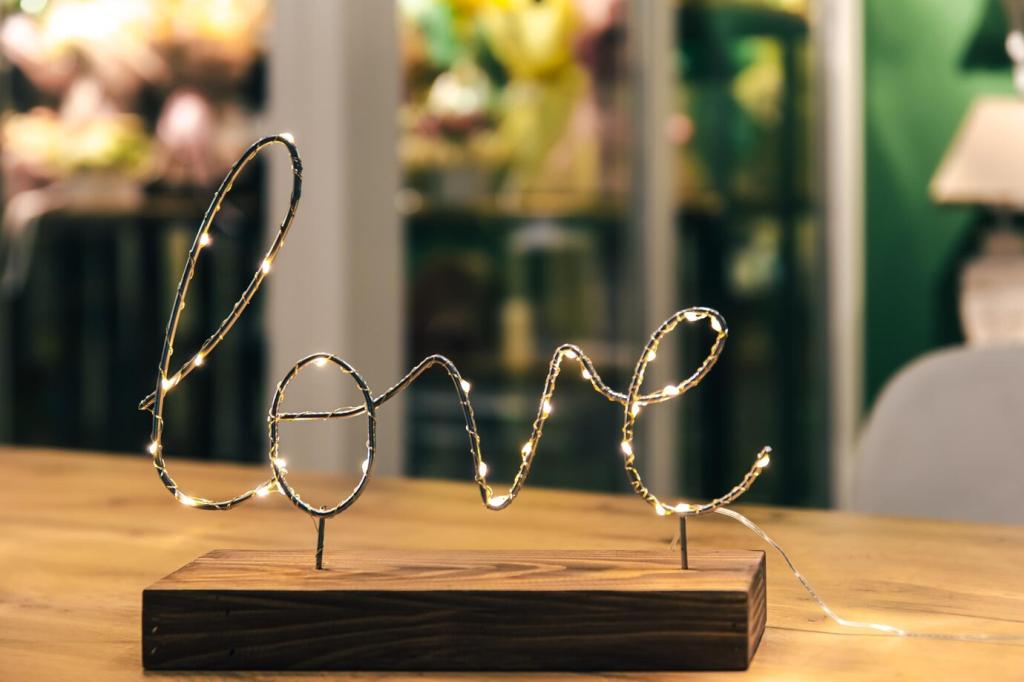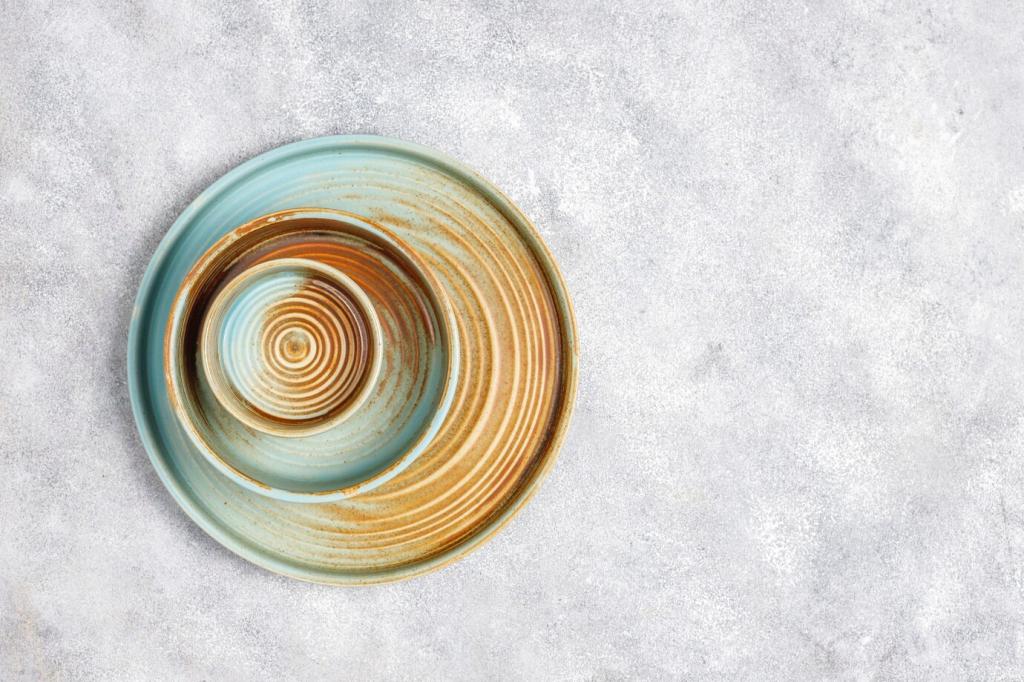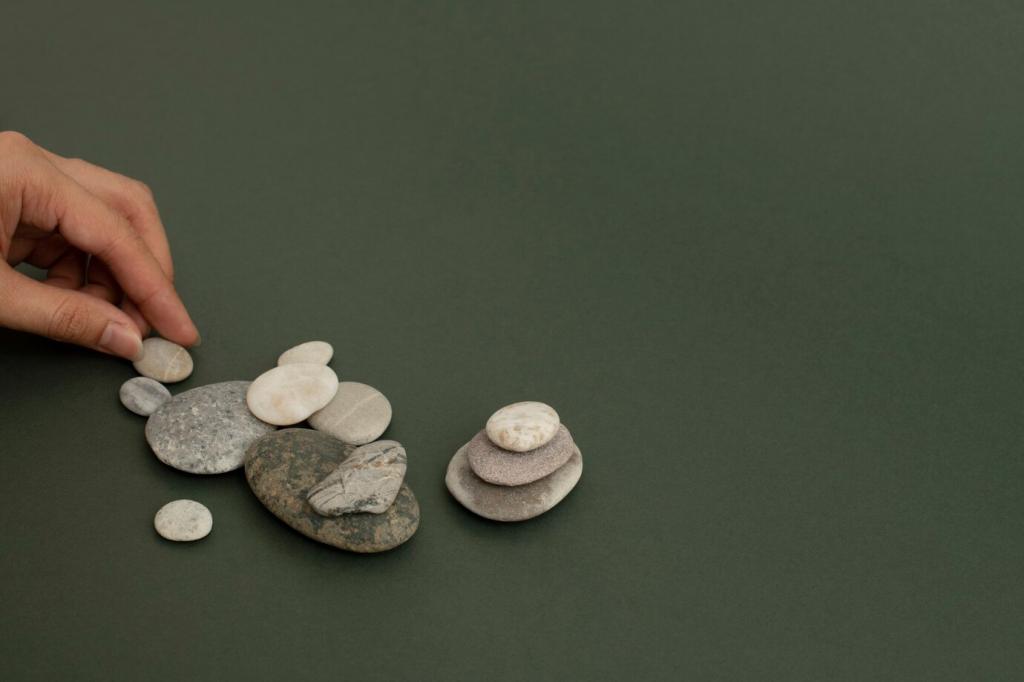Best Seasonal Plants for Minimalist Landscape Design
Minimalist landscape design is celebrated for its clean lines, uncluttered aesthetics, and the serene atmosphere it creates. Choosing the right seasonal plants is integral to achieving this harmony, as they bring subtle beauty and a dynamic quality to the space throughout the year. The key is to select plants that embody elegant forms, understated colors, and low-maintenance qualities, ensuring the landscape remains serene and captivating in every season. This page explores some of the best plant choices for minimalist landscapes, offering insight on how to incorporate them thoughtfully for timeless appeal.
Spring Awakening: Subtle Blooms for a Minimalist Start
Japanese Forest Grass: Graceful Green Tones
Japanese Forest Grass, or Hakonechloa macra, is prized for its fluid, arching stems and gentle swaying motion in the spring breeze. Its refined appearance aligns perfectly with minimalist principles, providing both texture and subtle color without drawing excessive attention. In early spring, the fresh green foliage emerges, offering a calming backdrop that enhances the purity of minimalist spaces. This grass maintains tidy growth, requires minimal upkeep, and transitions gracefully as the seasons progress, ensuring that the landscape remains effortlessly beautiful. By planting Japanese Forest Grass in strategic drifts or as an accent near pathways, designers can achieve continuity in form and function while maintaining a tranquil ambiance.
Hellebores: Understated Elegance in Early Blooms
Hellebores, often called Lenten Roses, are early bloomers known for their subdued charm and resilience. Their soft, nodding flowers appear when most plants are still dormant, signaling a new season without disrupting the clean lines of a minimalist garden. With colors ranging from muted greens to dusky purples and creamy whites, hellebores offer visual interest that complements stonework and gravel often used in minimalist designs. Their evergreen foliage keeps the garden attractive year-round, and their preference for shaded, protected spots means they can quietly occupy areas where bolder options might seem out of place. Minimal care is needed, making hellebores ideal for those seeking both beauty and simplicity.
Euphorbia amygdaloides var. robbiae: Structured Spring Greenery
This variety of Euphorbia is favored in minimalist landscapes for its architectural structure and rich green tones. Its upright stems and tight clusters of bright spring bracts create vertical interest without overcrowding the space. The bold yet controlled shapes fit naturally into tidy planting schemes, offering a dose of vibrancy early in the season while remaining true to minimalist aesthetics. Its compact growth habit means that it maintains formality and order, while the evergreen leaves provide a consistent, modern look all year. With modest water requirements and tolerance to varied light conditions, this Euphorbia effortlessly supports the low-maintenance ethos central to minimalist design.
Lavender: Soft Color and Scent with Structure
Lavender’s clean mounds, slender stems, and subtle purple blooms deliver color and fragrance without compromising the orderliness of a minimalist garden. Once established, it thrives in full sun and well-drained soils, with little need for supplemental watering. The repetition of lavender plants in rhythmically spaced patterns can accentuate pathways or borders, adding movement and unity. Despite its delicate appearance, lavender maintains an upright, tidy habit, making it as reliable as it is elegant. Even after flowering, its fine, silvery leaves continue to offer visual calm and textural distinction, embodying the summer ease sought in minimalist landscapes.
Feather Reed Grass: Vertical Lines for Architectural Interest
Feather Reed Grass (Calamagrostis x acutiflora ‘Karl Foerster’) brings strong verticality to summer gardens, its upright stalks providing an architectural counterpoint to softer plant forms. The grass appears almost sculptural, with feathery plumes that sway gently in the breeze. This movement adds life and dynamism without disrupting the minimalist aesthetic, while the neutral tones of its stalks blend effortlessly with various hardscape materials. Feather Reed Grass requires little pruning or maintenance, making it suitable for designers focused on long-term simplicity. Planted en masse or as intentional focal points, it delivers both drama and discipline for a summer landscape defined by minimalism.
Coreopsis verticillata 'Moonbeam': Airy Color with Subtlety
Coreopsis ‘Moonbeam’ introduces small, pale yellow blooms held above fine, thread-like foliage—offering a wisp of color rather than a bold statement. Its restrained hue and compact size let it blend easily into minimalist designs, adding seasonal liveliness without overwhelming the scene. The plant forms tidy, rounded clumps that maintain their shape with little attention, partnering well with gravel, stone, or open mulch. Its extended bloom time provides persistent interest, while the soft glow it imparts enhances evening tranquility. This coreopsis variety exemplifies how minimalist landscapes can embrace summer’s brightness in a muted, harmonious fashion.
Autumn Serenity: Warm Tones Without Clutter
Japanese Maples are renowned for their artful silhouettes and ever-changing foliage, which turns from soft greens to fiery reds and oranges as autumn approaches. Their delicate leaves create a lace-like texture, bringing visual refinement and an almost meditative quality to minimalist gardens. Carefully positioned, a Japanese Maple can serve as a singular focal point, its branches framing views or casting patterned shadows on hard surfaces. The slow growth and compact nature of many cultivars ensure that the tree remains proportional to the surrounding landscape, maintaining both simplicity and seasonal drama. Its understated beauty exemplifies the autumnal grace found in minimalist design.
Sedum ‘Autumn Joy’ bridges the seasons with succulent, upright stems and dense flower heads that begin as pale pink, deepening to russet as the weather cools. Its tidy growth habit aligns perfectly with the clean lines of minimalist landscapes, and its foliage holds form long after flowering concludes, providing winter interest. The muted color palette delivers a soft transition from summer into autumn, while the sturdy stems avoid flopping, ensuring continuous structure. Low water needs and resistance to pests further bolster Sedum’s suitability for minimalist settings, offering an effortless boost of autumnal color and textural variety.
Switchgrass (Panicum virgatum ‘Shenandoah’) stands out for its upright, slender blades that shift from deep green to shades of burgundy and purple as fall progresses. This ornamental grass is noted for its light, airy flower plumes and its ability to move gracefully in response to wind, bringing subtle animation to the landscape. The vertical lines and evolving hues add layered depth without compromising orderliness, making it ideal for minimalist schemes that value disciplined planting and dynamic beauty. Its drought tolerance and minimal care needs reinforce its compatibility with low-maintenance, serene gardens.
Winter Minimalism: Structure and Interest in the Dormant Season

Boxwood shrubs define structure in the winter garden, their year-round foliage trimmed into crisp shapes that underscore the geometry so central to minimalist design. Adaptable to both modern and traditional aesthetics, boxwood’s small, glossy leaves stand up to cold weather and provide consistent visual mass even when the landscape is dormant. Whether used as low hedges, topiary elements, or single accent spheres, boxwoods maintain order and definition all winter. Minimal pruning and infrequent watering requirements make them particularly suited for those seeking a low-maintenance yet striking winter presence in minimalist landscapes.
Evergreens and Year-Round Structure in Minimalist Design
Yew: Dark Green with Sculptural Flexibility
Yew shrubs and trees are a masterclass in adaptability, their deep green needles and dense growth making them perfect for topiary, privacy screens, or formal hedges in minimalist settings. The subdued color remains vivid throughout winter, serving as an anchor for the garden’s design. Yews grow slowly and respond well to pruning, allowing for highly controlled shapes that maintain clean lines and uncluttered views. Their tolerance for shade and longevity further enhance their appeal as the backbone of a minimalist planting scheme, ensuring that the landscape never loses its structural core.


Dwarf Conifers: Compact and Reliable Greenery
Dwarf conifers such as Pinus mugo or Thuja occidentalis ‘Little Giant’ introduce reliable, compact forms that fit seamlessly into small or expansive minimalist gardens alike. Their naturally tight growth and subtle color variations provide refined contrast with other plantings or hard surfaces. Because they require little pruning and minimal intervention, dwarf conifers uphold the low-maintenance promise while contributing persistent visual interest. Their evergreen presence bridges seasonal transitions, keeping the garden vibrant and composed no matter the time of year.

Blue Fescue: Fine Texture for Cool Tones
Blue Fescue, or Festuca glauca, is treasured for its compact, needle-like foliage and distinctive silvery-blue hue. Planting drifts of Blue Fescue introduces delicate texture and cool color, serving as a calming counterpoint to hard surfaces like stone or concrete. Its mounded form remains neat, never sprawling into surrounding areas, which is ideal for maintaining the crisp discipline of minimalist design. Blue Fescue is drought-tolerant and thrives in poor soils, making it both functional and beautiful for low-input gardens seeking refined texture and simple elegance.

Bergenia: Broad Leaves for Sculptural Presence
Bergenia, with its substantial, paddle-shaped evergreen leaves, delivers a bold contrast to finer-textured plantings. Its architectural foliage brings weight and formality to the garden, perfectly complementing neatly arranged gravel beds or water features. In spring, stalks of pink or white flowers rise above the leaves in an understated fashion, but the real contribution of Bergenia comes from the year-round visual anchor its leaves provide. Resistant to deer and tolerant of shade, Bergenia is a reliable, textural counterpoint in spaces that demand both simplicity and strong foundational elements.

Heuchera: Mounded Forms With Subdued Color Play
Heuchera, also known as coral bells, offers softly rounded mounds and gently ruffled leaves in a restrained palette of greens, purples, and silvers. While each plant is compact and self-contained, the muted variegations in leaf color create nuanced interest when grouped together. Heuchera’s adaptability to shade or part sun and preference for well-drained soils mean minimal maintenance is required, while its seasonal flower spikes add subtle height without disrupting clean lines. This understated perennial is a prime example of how texture and low-key color variation can enrich a minimalist planting design.

Allium: Spherical Forms With Monochrome Appeal
Alliums, with their round, architectural flower heads, are a minimalist favorite for their sculptural silhouettes and concise seasonal display. Most varieties feature shades of purple, lilac, or white, easily harmonizing with stone or gravel surroundings. Planted in strategic clusters, alliums provide impactful color without overwhelming a space, blooming in late spring and gradually fading to persistent seed heads that create additional visual structure. Their upright stems reinforce verticality, and their willingness to grow through groundcovers allows for layered yet tidy arrangements, ensuring the garden remains elegantly restrained.
Anemone 'Honorine Jobert': White Simplicity for Late Season
Japanese anemone ‘Honorine Jobert’ delivers pure white, single flowers atop tall, slender stems late in the season, offering a minimalist take on seasonal color. The blooms appear to float gracefully above the foliage, imparting a sense of serenity and refinement even as the rest of the garden begins to wind down. Their appearance in early autumn enlivens shaded or partially sunny spots, illuminating corners without overcrowding. The perennial’s tidy clumps and self-sufficient nature keep the garden orderly and crisp, ensuring that a touch of floral brightness remains subtle yet effective.
Crocus: Early Spring Color in Measured Doses
Crocus heralds the end of winter with small, vibrant flowers that emerge well before larger perennials awake. Their compact size and short pop of color align with the minimalist idea of restrained exuberance—enough to be noticed but not enough to overpower. Crocuses can be naturalized in lawns or nestled among stones and gravel, where their fleeting display becomes a cherished annual event. With minimal foliage and self-sufficiency, these bulbs require almost no intervention, offering an easy, measured burst of spring color in the disciplined setting of a minimalist landscape.
Creating Seasonal Flow: Transition and Continuity
Repetition for Rhythm: Cohesive Plant Arrangements
Repetition is a hallmark of minimalist design because it fosters unity and calms the eye. Using the same plant variety in multiple areas or echoing shapes and forms throughout the garden creates a visual rhythm that endures as the seasons shift. This technique allows for the inclusion of seasonal plants that might otherwise seem disparate, weaving them into a single, harmonious composition. The landscape feels deliberate and composed, yet never monotonous, since each plant has its moment to shine in the natural cycle.
Layering With Restraint: Subtle Depth Through Seasonal Changes
Achieving depth in a minimalist garden involves skillful layering—not through dense plantings, but via the interplay of varied heights, textures, and seasonal interest. Lower-growing groundcovers, mid-sized perennials, and sculptural shrubs create a visual journey without clutter. As spring growth gives way to summer fullness and then autumn structure, each layer contributes in turn, maintaining balance. The key is to use just enough diversity to prevent flatness, all while adhering to the clean lines and negative space prized in minimalist landscapes.
Negative Space as a Feature: Embracing Openness Through the Year
Negative space, or the deliberate use of open areas, is as important as plant choices in minimalist design. This intentional emptiness highlights the forms and seasonal changes of the selected plants, offering room for moments of reflection and the appreciation of subtle detail. As the seasons rotate, the interplay between filled and unfilled areas shifts, ensuring the landscape is never static. Thoughtful use of negative space allows for more dramatic seasonal highlights and reinforces the disciplined beauty central to the minimalist ethos.
